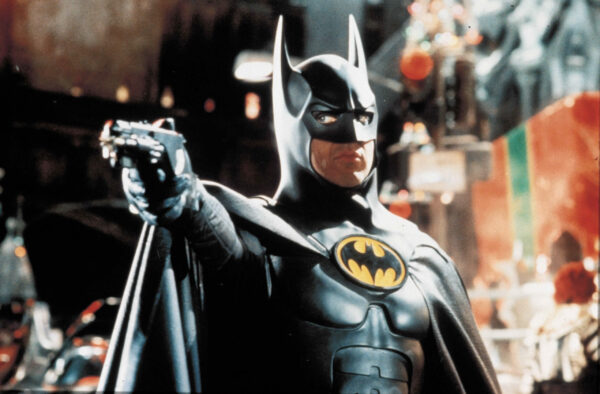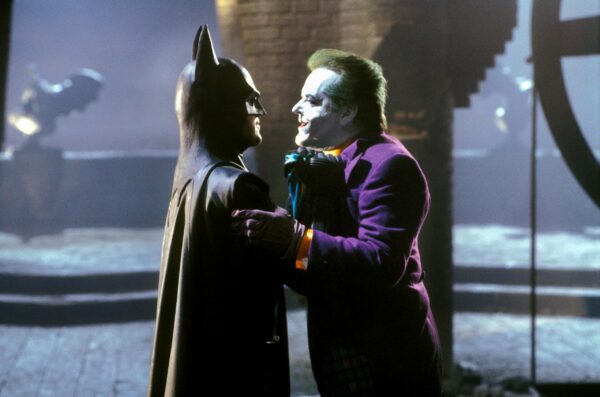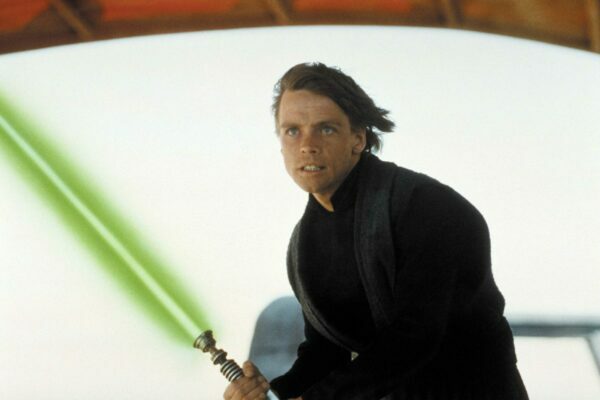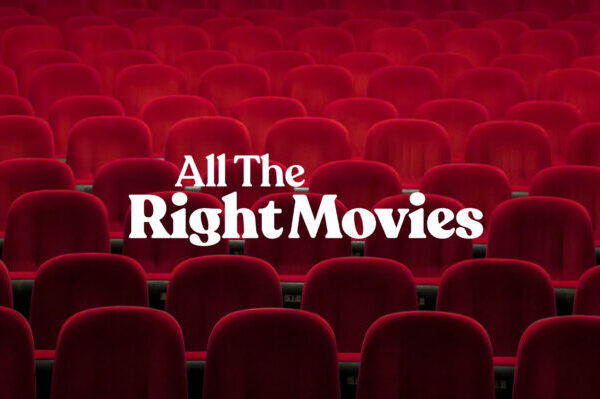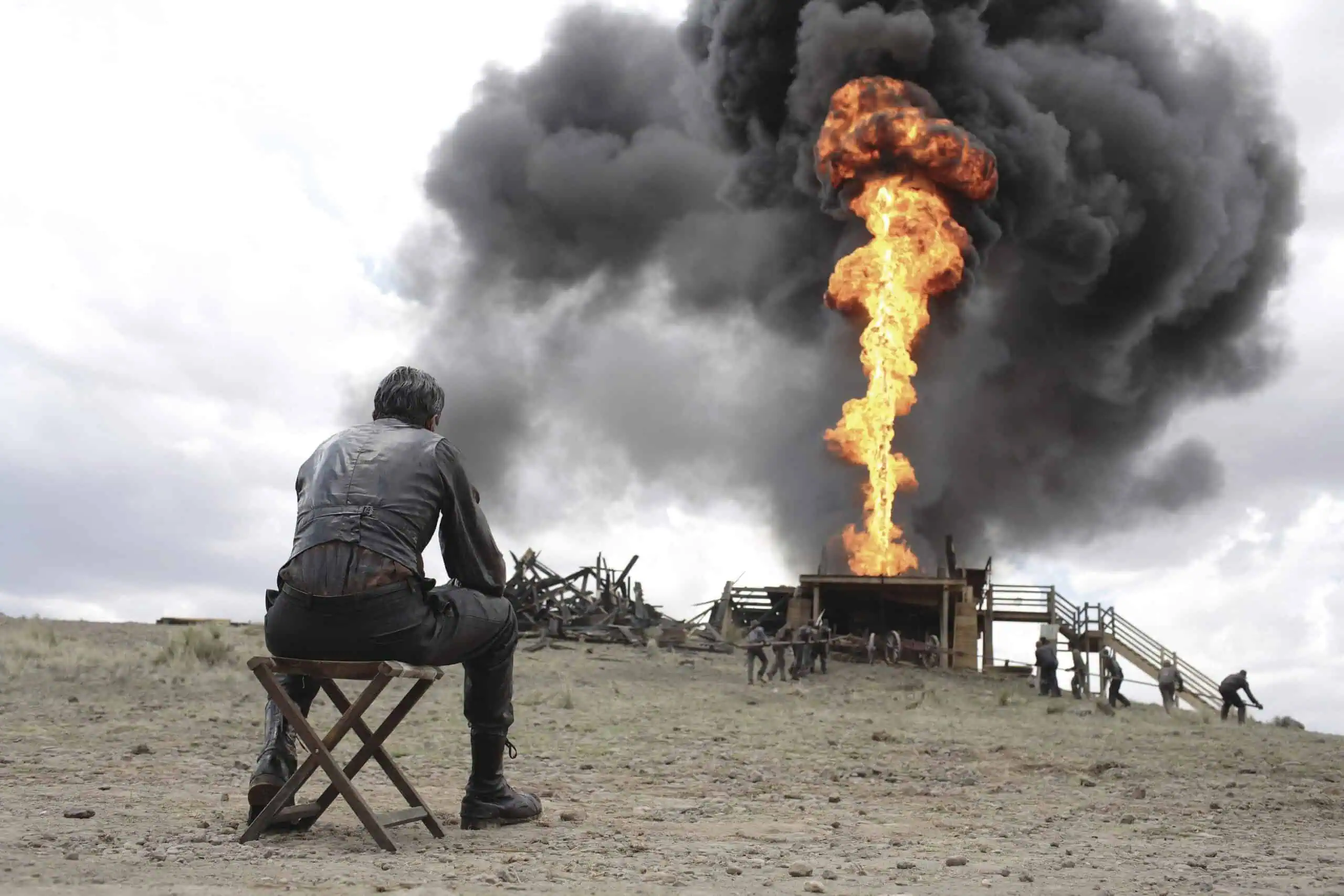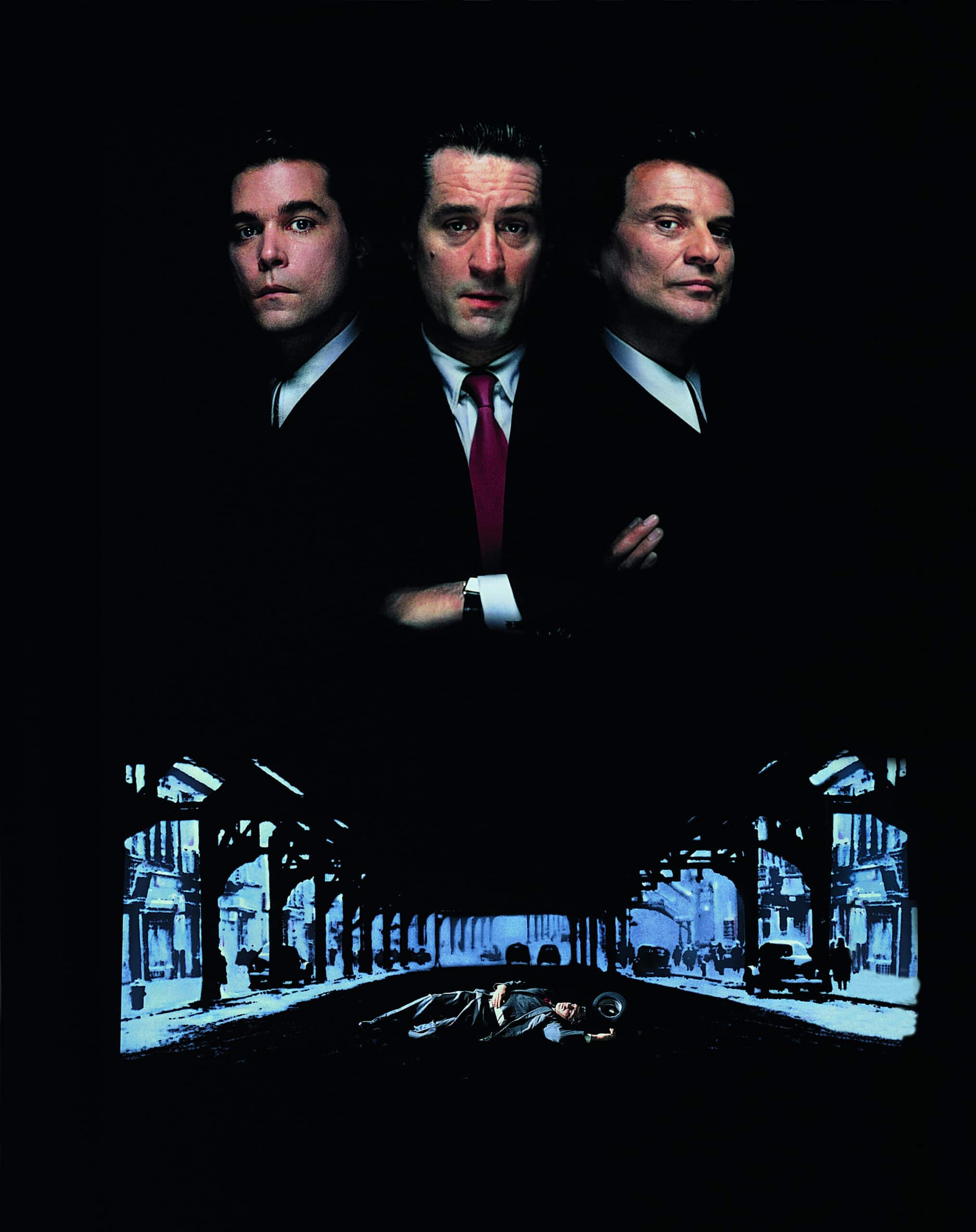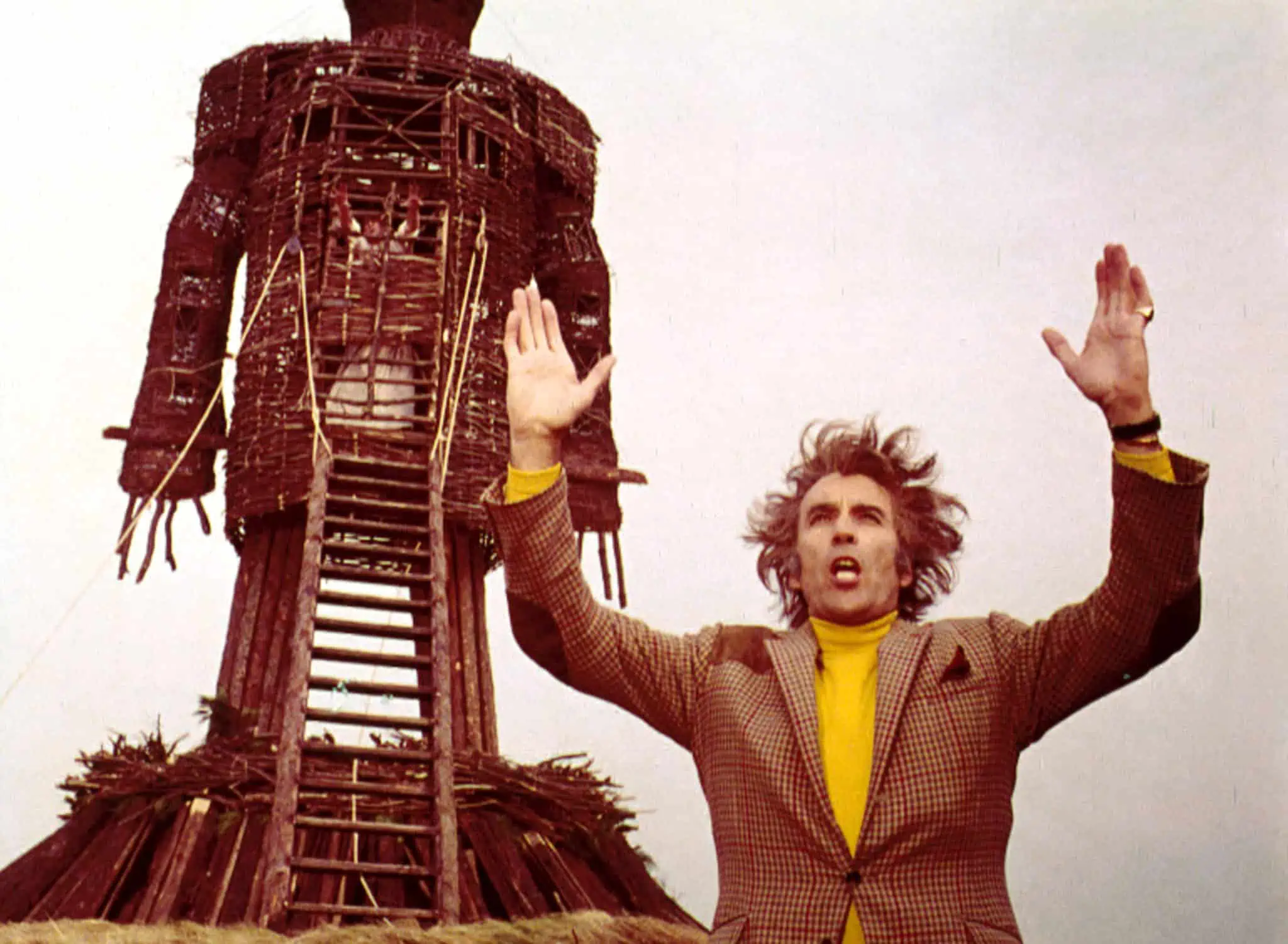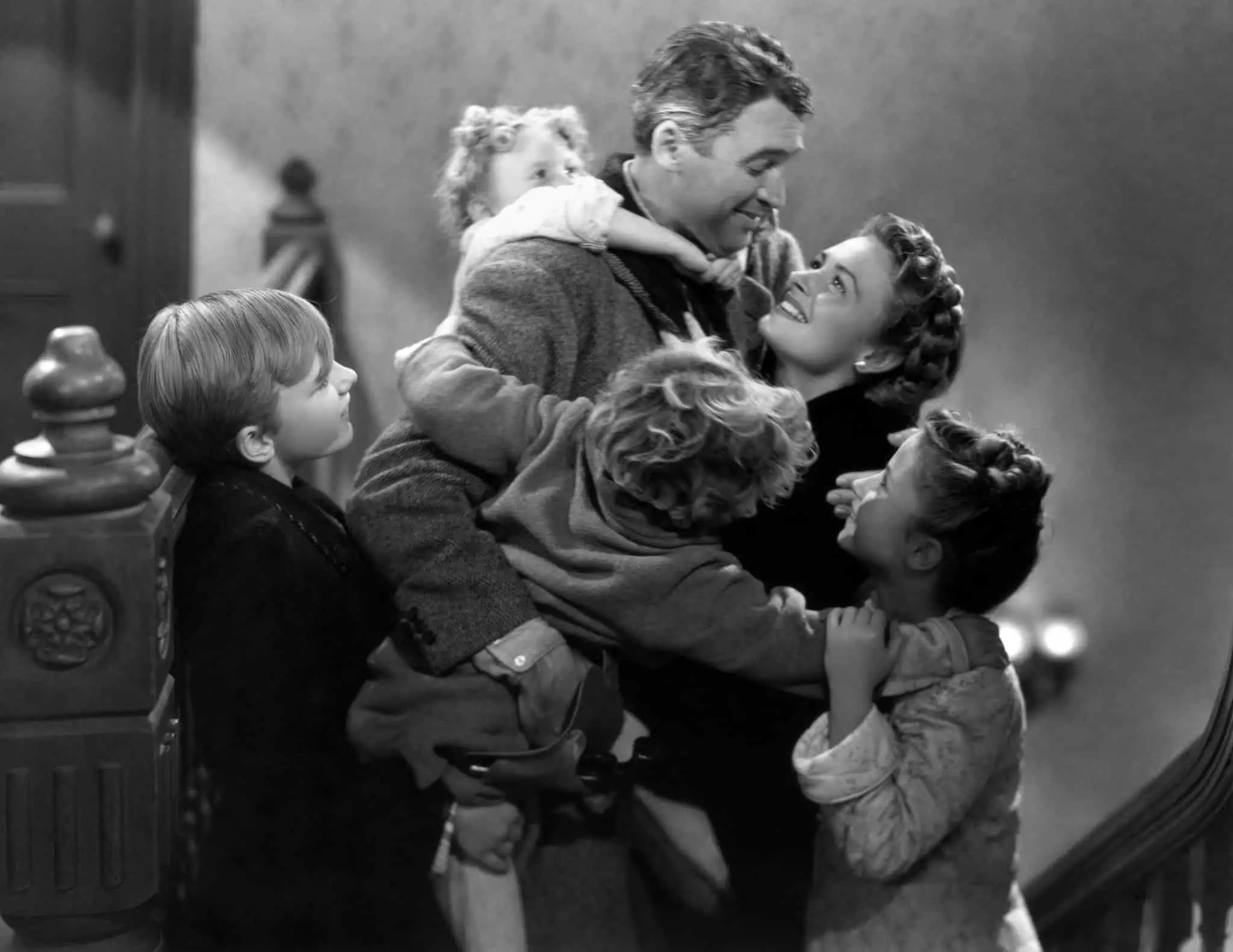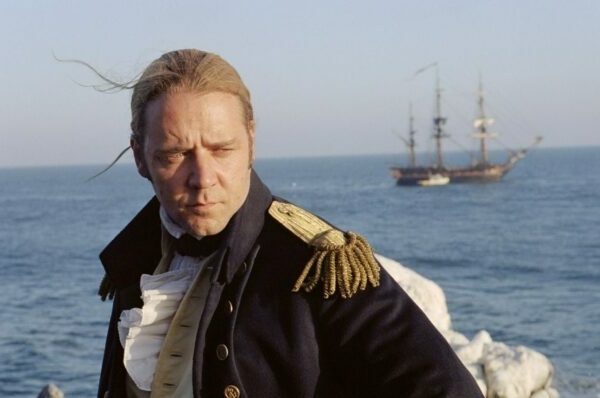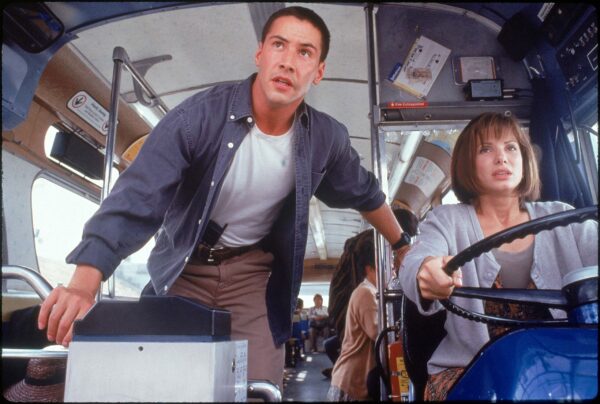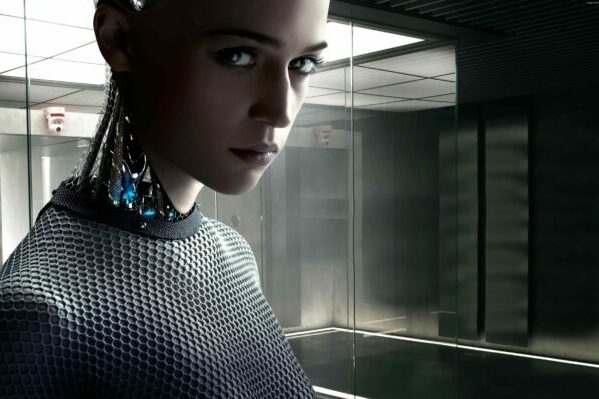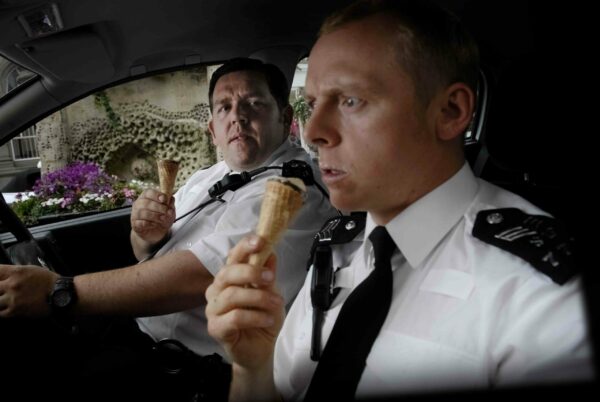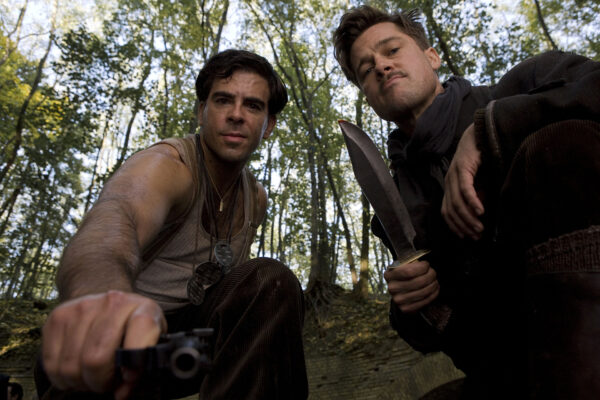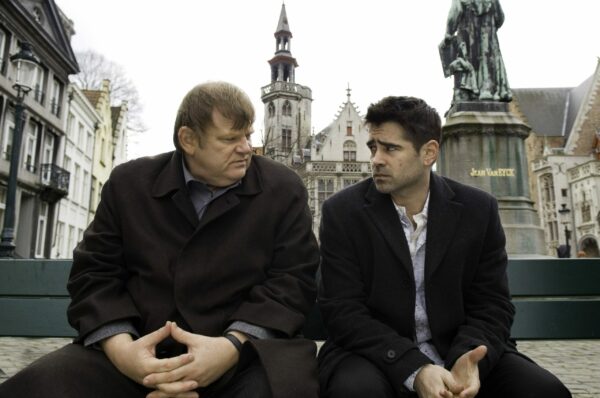
A box office flop on its release in 1982, Blade Runner has grown in stature in the decades since to now be regarded a science fiction masterpiece. With 20 fascinating and fun facts about Blade Runner, we have the behind the scenes story.
Following on from his space horror hit Alien (1979), Ridley Scott made another science fiction classic in Blade Runner (1982). An exploration of existentialism and what it means to be human, the film is acclaimed as one of the most thought-provoking science fiction films ever made. It is also one of the most stunning-looking movies from any genre.
The below 20 interesting and fun facts about Blade Runner bring you the full lowdown on how Scott made a classic.
1. The opening scene was originally very different
Scott introduces us to the world and characters by dropping us into the middle of an ongoing Voight-Kampff test. Ths is used to assist in determining whether or not somebody is a replicant. It’s a famous opening but, in the original script, it was very different.
Initially, the first scene would have taken place in a house in the countryside where Deckard is waiting while a pot of soup is boiling on a fire. A man enters wearing a protection suit and gas mask. He goes to take some soup but Deckard shoots him. Deckard then removes the man’s lower jaw, so we see the victim is a replicant.
The Voight-Kampff test that opens the film
2. Ridley Scott initially turned down the chance to direct
After his huge success in the science fiction genre with Alien a couple of years earlier, the studio always wanted Ridley Scott to helm Blade Runner. However, he said no, at first. At the time, Scott was lined up to direct Dune and was also prepping a big screen version of Tristan & Isolde.
And, he wasn’t the only director to reject the offer to direct Blade Runner. As far back as 1969, Martin Scorsese had talks with Philip K. Dick about adapting his novel, but talks fell through. And, after Ridley Scott turned it down, Michael Apted, Bruce Beresford, and Adrian Lyne also said no to directing Blade Runner.
3. Another director was hired before Ridley Scott
After several filmmakers turned down the chance to direct Blade Runner, the directing gig was offred to – and accepted by – a director called Robert Mulligan. Very experienced, he had lots of films under his belt – most famously To Kill A Mockingbird in 1962.
So, Mulligan and writer Hampton Fancher set about crafting a script together. However, the two disagreed very strongly over the direction the project should go in and, after three months, Mulligan left the project. By this point, Ridley Scott had also left Dune due to a lack of progress, so the studio went back to him, and showed him Fancher’s script. Scott was suitably impressed and accepted the offer to direct Blade Runner.
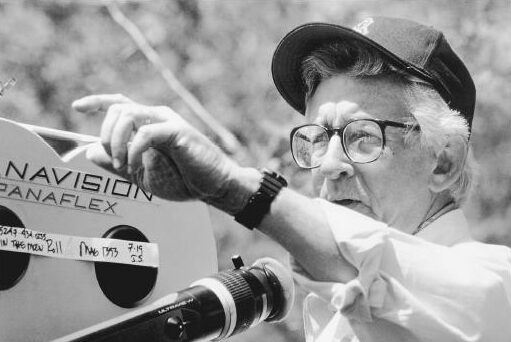
Robert Mulligan, the first Blade Runner director
4. There were some amusing production design issues
Scott was on board, but that didn’t stop issues arising almost immediately once shooting started. The first scenes filmed were the ones in Tyrell’s office in the opening act where Deckard meets, and tests, Rachael. Scott had put in months of work pre-planning and turned up to find the set had been built upside down.
Scott arrived, and the head production designer, Lawrence G. Paull, said to him, “well, that’s the trouble with science fiction sometimes. You’re building things that don’t exist.” And Scott said, “it’s got a door on the ceiling. Did that not give it away?!”
The scene containing the set that was originlly built upside down
5. Everything was re-shot, delaying the schedule
Filming for Blade Runner took place in L.A. and, due to American Union rules, Scott was unable to operate the camera himself. He found this very frustrating as it meant he was unable to film some scenes himself personally, like he had done at times on Alien.
Also, after two weeks of shooting, Scott decided he didn’t like the lighting on anything that had been filmed so they re-shot everything, putting production behind schedule by weeks. This also created massive conflict with the camera crew, headed by Jordan Cronenweth, because they had to work 13-14 hour days to get things back on schedule.
6. Scott and the crew had a very fragile relationship
To make the film, Scott wanted to bring in the exact same crew he’d used on Alien but, due to the same union rules mentioned above, he couldn’t use a fully British crew. This caused major problems and there was friction between Scott and his mostly American crew. The crew would constantly question Scott’s filmmaking choices and push back on working late days, which Scott liked to do.
This all culminated in an incident towards the end of production. Scott had carried out an interview with British press where he said he preferred working with British crews because, he said: “when I ask them to do something, they say ‘yes guvnor’ and go do it’. Not always the case with American crews.’” Naturally, this did not go down well with the American team Scott was working with.
The make-up supervisor on Blade Runner – an American called Marvin G. Westmore – saw this article and had t-shirts printed for the crew which said on the front, “Yes guvnor my ass,” and, on the back, “Will Rogers never met Ridley Scott.” Will Rogers was a movie star in the 1930s who was famous for saying, “I never met a man I didn’t like.”.
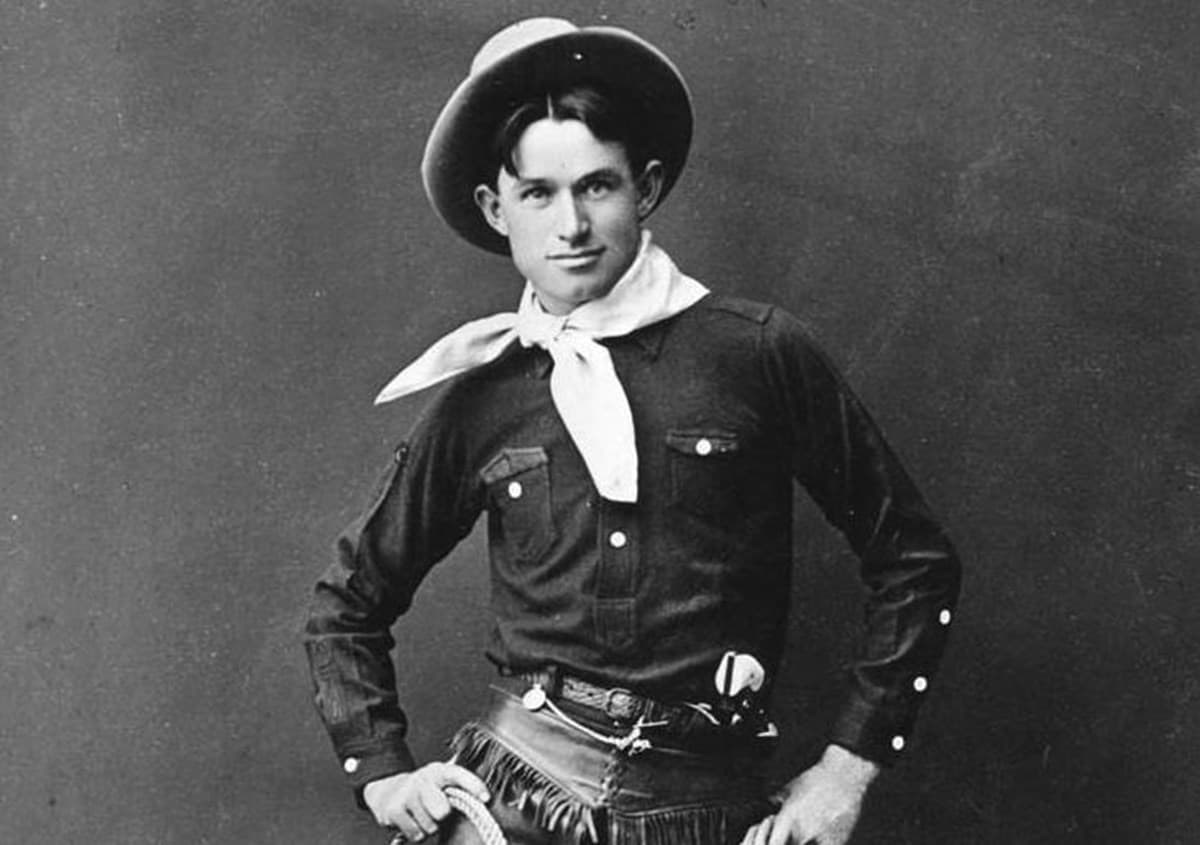
Will Rogers, who never met a man he didn’t like
7. Harrison Ford was not the first choice to play Deckard
The lead character in Blade Runner is Rick Deckard, famously played by Harrison Ford. Ford’s image is synonymous with the film, but Deckard could have been played by other famous names. The first name that Scott considered for the role was Dustin Hoffman.
According to Ridley Scott, Hoffman was keen on the role but wanted to change the character too much. And Hoffman himself said, “I’ve no idea why they asked me to play such a macho character.”
There were lots of other big names up for the part, too:
Tommy Lee Jones, Gene Hackman, Sean Connery, Jack Nicholson, Paul Newman, Clint Eastwood, Al Pacino, Burt Reynolds, Robert Duvall, Judd Hirsch, Nick Nolte, and Christopher Walken were all considered. Martin Sheen was offered the role of Deckard and turned it down because he was so exhausted from filming Apocalypse Now (1979).
8. Is Deckard a replicant?
One of the biggest discussion points to come from the film is over the background of its lead character, Deckard. Never explcitly stated one way or another in the script, the question is whether or not Deckard is a replicant – the artificial life forms he is tasked with hunting down.
Harrison Ford has said Deckad isn’t a replicant, and Ridley Scott has said he is.
Also, there are a few moments in the film that could be taken as hints that Deckard is a replicant. Two of the biggest moments are:
- At various points in the movie, each replicant in the film is seen with a red glow in their eyes. We see it in the replicant owl in Tyrell’s office; replicant Leon has red-glowing eyes during the opening sequence; Rachael has red eyes during her Voight-Kampff test, and lead replicant Roy Batty is shown with shining eyes several times. The only other character who has a red glow in their eyes is Deckard, in the scene where he’s talking to Rachael in his apartment. Make of that what you will.
- Also, Gaff – the LAPD officer who detains Deckard at the start – makes 3 origami creatures throughout the film: a chicken, a man, and a unicorn. The unicorn is seen at the end of the film, and he leaves it at Deckard’s apartment. In an earlier scene, we see that Deckard has a dream about a unicorn. How would Gaff know this, unless Deckard’s dreams have been implanted – i.e. he’s a replicant?
The final scene where Deckard comes across the unicorn
9. Rutger Hauer was an unexpected choice to play a main character
The main antagonist in the film is the leader of the replicants, Roy Batty, played by Rutger Hauer. He was the only person ever in consideration for the part, and Scott cast him without ever meeting him after watching Hauer in three movies – Turkish Delight from 1973, Katie Tippel from 1975, and Soldier Of Orange from 1977.
Scott said Hauer’s, “teutonic, non-identifiable American looks” were perfect for the part and cast him on the back of that.
However, for their first meeting, Hauer decided to play a joke on Scott, and he turned up wearing huge green sunglasses, pink satin pants, and a white sweater with an image of a fox on the front. According to Production Executive Katherine Haber, when Scott saw Hauer, “he literally turned white.”
10. Rachael’s look was based on a classic Hollywood star
The love interest to Deckard in the film is Rachael, played by Sean Young. She’s an assistant of Eldon Tyrell, CEO of the corporation who create the replicants and, when Deckard performs the Voight-Kampff test on her, it turns out she’s a replicant, too.
The look of Rachael – her hair and glamorous make-up – was based on Hollywood legend Joan Crawford, star of classics like Whatever Happened to Baby Jane? (1962).
There were quite a few other actresses up for the part of Rachael as well. Barbara Hershey, Nina Axelrod, and Grace Jones were all considered to play Rachael and, among the producers, casting director, and Ridley Scott, it was only Scott who wanted to hire Sean Young. He said he thought she had a, “Vivien Leigh-like quality.”
A final point on Sean Young is an anecdote she told years later, where she was talking about the scene in Deckard’s apartment where he stops Rachael leaving. At the point Deckard Pushes Rachael, there’s a look of pain and shock on her face, and Sean Young said that was real because Harrison Ford really hurt her. And it happened more than once. But she said Ford made it okay because whenever it happened he would moon her for laughs.
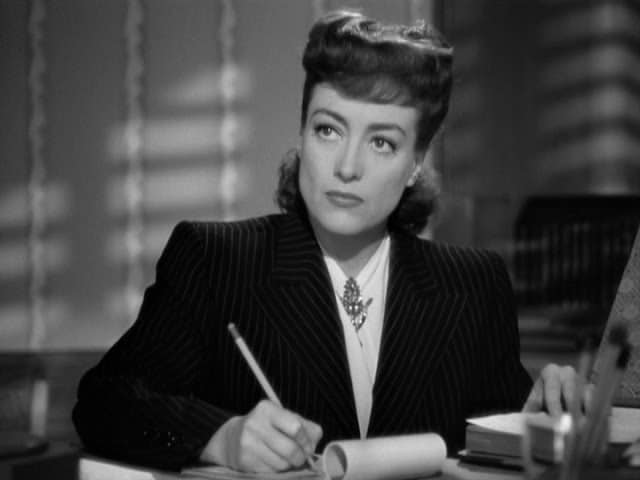
Joan Crawford, an inspiration for Rachel’s appearance, in 1945’s Mildred Pierce
11. A cast member was an expert snake handler
Joanna Cassidy plays Zhora, the exotic dancer replicant who is Deckard’s first kill in the film. Zhora has a pet snake – a python – round her neck through the whole conversation with Deckard, and that was actually Joanna Cassidy’s own pet snake, which explains why she’s so comfortable with it. The python was called ‘Darling.’
Also, for the Final Cut version of Blade Runner, released in 2007, some new footage was shot specifically for this sequence. Joanna Cassidy was brought back in to replace some shots left over from 1982 where you can clearly see the stuntwoman’s face. Cassidy said, “I was delighted to be called back, and even more delighted that I still fit into the costume.”
Deckard retires Zhora
12. A key scene in the film originally played out differently
One of the most memorable – and brutal – scenes in the film is when Roy visits his creator, Eldon Tyrell, hoping he can extend his limited life. Tyrell tells him it can’t be done, so Roy kills him. In the shooting script, this was initially quite different.
In the first draft, Roy kills Tyrell but, in doing so, realises that Tyrell is a replicant as well. So he demands to be taken to the real Tyrell. He gets taken up a few floors and finds Tyrell in a state of cryogenic stasis. He’s been dead for 4 years and his body’s been frozen, Walt Disney-style. Scott changed it because, he said later, “every character was a bloody replicant.”
Roy kills Tyrell
13. There is a recurring theme of sight
The eyes are the window to the soul, so they say and, running through the film, Scott and DP Jordan Cronenweth introduced a recurring theme of sight and eyes. The many examples include:
- The film opens with a close up of an all-seeing eye.
- The replicant eyes glow red, as mentioned above.
- Rachael has several lines of dialogue about seeing people or wanting to see people.
- The replicants visit Hannibal Chew’s Eye World for information, which has a huge eye above the door.
- Roy’s final monologue begins with the line, “I’ve seen things you people wouldn’t believe.”
- The scene where Roy kils Tyrell starts with a close up of Tyrell’s pet owl’s eyes and ends with Roy sticking his thumbs in Tyrell’s eyes.
14. The film is based on a classic novel
Blade Runner is an adaptation of a novel written by a legendary science fiction writer called Philip K. Dick – Do Androids Dream Of Electric Sheep? first published in 1968.
The film is mostly faithful to Dick’s novel, but there are some differences:
- In the novel, Dick makes it clear that Deckard is human, not a replicant. Deckard actually takes the Voight-Kampff test and passes it. So there’s no ambiguity.
- The book is set after WWT – World War Terminus – which has resulted in a radioactive fallout where almost all animals are extinct and huge amounts of humans are suffering from physical defects – they’re called Chicken heads.
- Psychic abilities play a big part in the book too, and there’s a religion called the Mercers who are empaths who can detect each other’s feelings.
- In the book, the replicants aren’t caled ‘replicants’. They’re just called androids – or “andies” for short. Ridley Scott didn’t like the term “andies” so asked writer David Webb Peoples to come up with something different. Webb Peoples’ daughter, Risa, was studying microbiology and taught him about replication – where cells are duplicated for cloning purposes. Peoples adapted that to ‘replicant’ and used it in the script.
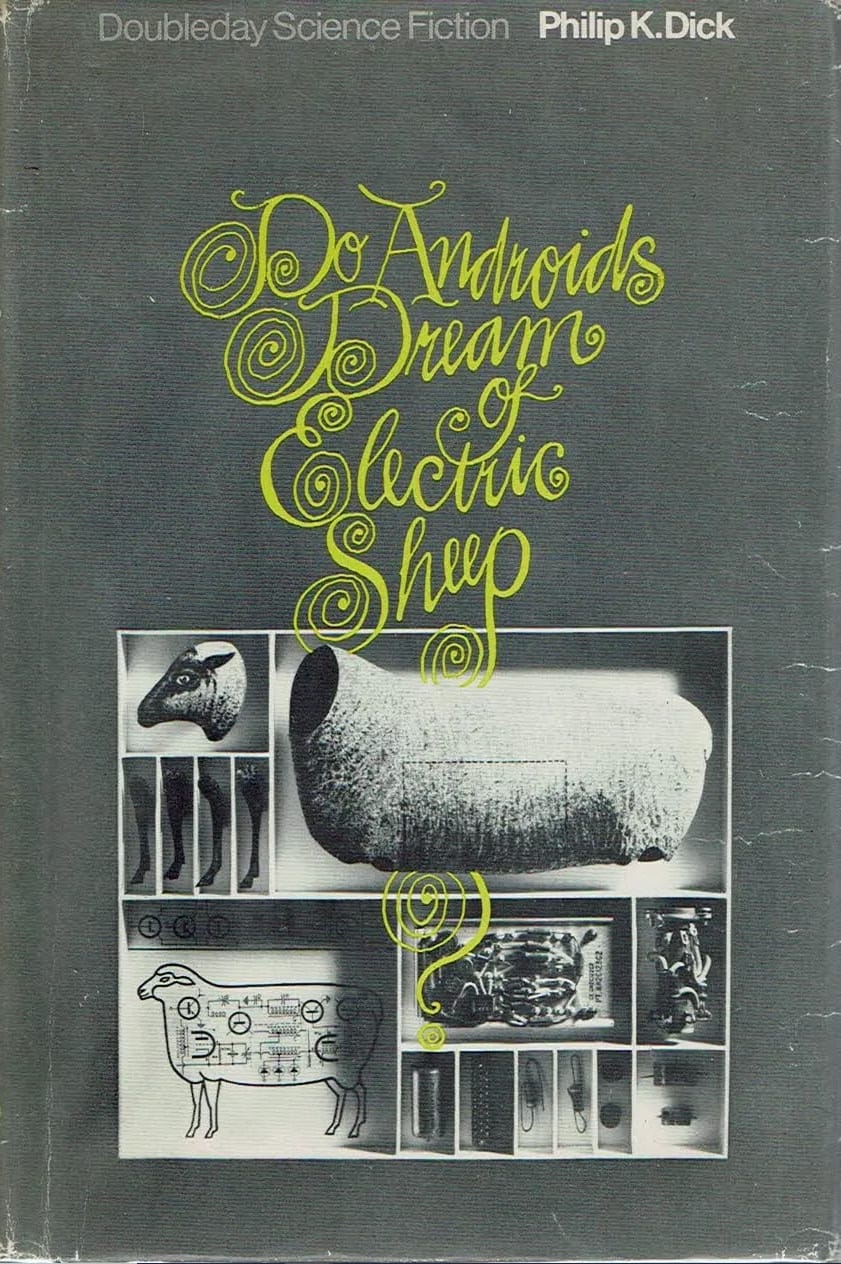
Do Androids Dream of Electric Sheep? by Philip K. Dick
15. The title changed, too
The title Blade Runner comes from a 1974 science fiction book by Alan Nourse called The Bladerunner. The book is about smuggling medical and surgical equipment – hence ”blade runner”. William S. Burroughs wrote a screenplay based on the book, and Ridley Scott bought the rights to the title, but not the script or book.
Before Scott came across The Bladerunner, though, the film had some other titles as well:
- Android was a working title, perhaps influenced by Alien.
- When Scott came on board, the film was going to be called Dangerous Days.
- Scott didn’t like Dangerous Days so – bizarrely -wanted to change the film to be called “Gotham City.”
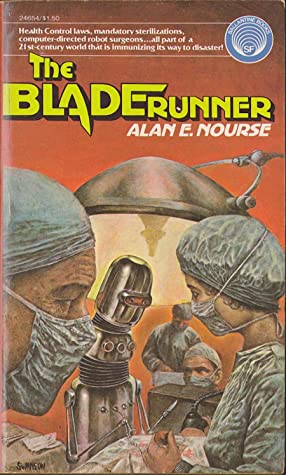
The Bladerunner, by Alan Nourse
16. A famous rock star almost composed the music
One of the most distinctive aspects of Blade Runner, which contributes to its unique identity, is the synth-based future dystopia-sounding music, composed by Vangelis. His contribution to the film is regarded to be integral now, but the first person Scott approached was actually the guitarist from rock band The Who – Pete Townshend.
However, Townshend had recently had a terrible experience writing the music to rock opera, Tommy (1975), so turned Scott down.
17. Old Hollywood techniques were used to create a unique future
Mentioned above, one of the ways Scott signals a character is a replicant is by giving said character glowing and shining red eyes. Scott and his DP, Jordan Cronenweth, achieved that effect by using a technique invented by Fritz Lang – who directed science fiction classic Metropolis in 1927 – called ‘The Schufftan process’. This is where light is bounced into the actors’ and actresses’ eyes off of a piece of mirrored glass at a forty-five-degree angle to the camera, the result being that the camera picks up a red, shining effect.
Video essay explaining how the glowing eyes effect was achieved
18. The iconic monologue was a team effort
One of the most celebrated moments in the movie is during the climax when Roy – having just saved Deckard’s life – sits down to expire, but not beore delivering one of the most famous monologues in film – the “Tears in rain,” speech.
The writing of that monologue came from a few places. The film’s screenwriter, David Webb Peoples, conceived of the speech, and a version of it was in his draft of the script.
His version was as follows:
“I’ve seen things… seen things you little people wouldn’t believe. Attack ships on fire off the shoulder of Orion bright as magnesium… I rode on the back decks of a blinker and watched C-beams glitter in the dark near the Tannhäuser Gate. All those moments… they’ll be gone.”
Rutger Hauer called it “opera talk” so, without Ridley Scott’s permission, he changed it the night before shooting. He turned up on set and delivered the monologue as we know it now and, when he finished, the crew applauded. Some even cried.
Rutger Hauer delivers the Tears in Rain monologue
19. The theatrical cut of the film had a very different ending
Blade Runner has been recut and re-released several times since 1982. The most significant versions are the Ridley Scott-approved Director’s Cut in 1992, and the Final Cut (2007) which was put together by Scott himself. The Final Cut is seen by many (and certainly by Ridley Scott) as the definitive version of the film.
In the Final Cut, Scott made quite a few changes to the original theatrical version of the film – the biggest being that he changed the ending of the film completely.
Originally, in the theatrical cut of the movie, Blade Runner ended with Gaff being sent to Deckard’s apartment to kill Rachael because Deckard had disobeyed Bryant’s order to kill her. Gaff didn’t kill Rachael, though, and she and Deckard left L.A. so other Blade Runners weren’t able to find them. This was all played out with voiceover from Deckard explaining exactly what was happening.
We agree with Ridley Scott that the Final Cut ending, where Deckard finds the origami unicorn outside his apartment, is superior.
The original, theatrical cut ending of Blade Runner
20. The movie bombed at the box office
Despite the status the film has now as an iconic classic, Blade Runner was a major box office flop when it was released. On a budget of $30m it grossed just $41.5m.
Strangely enough, it was released the same day as John Carpenter’s The Thing (1982), another film that tanked at the box office but went on to become a classic. Some have attributed this to the fact that E.T. the Extra-Terrestrial was released the same year, and became a culturual phenomenon, overshadowing all other science fiction movies that year.
Either way, in the decades since, Blade Runner has grown in stature to be revered today as a landmark science fiction movie, and a Hollywood masterpiece.
And there it is – 20 fascinating and fun facts about a science fiction masterpiece. Please share on your social platforms, and subscribe to our YouTube channel for lots of great video content.
You may also like...
The beginning of a beautiful friendship
Stay up-to-date with all things All The Right Movies by signing up for our e-newsletter.
